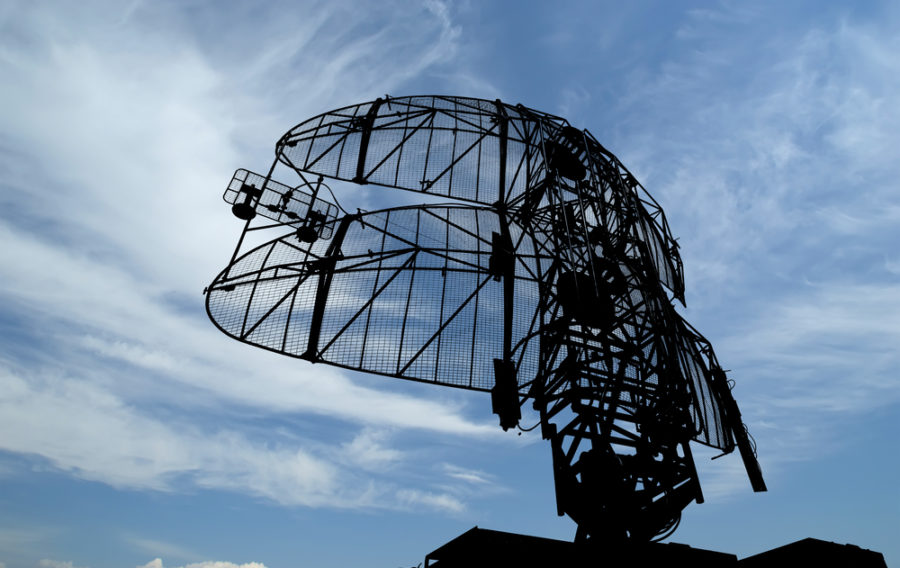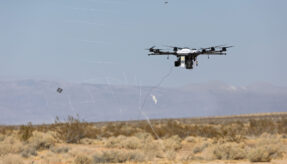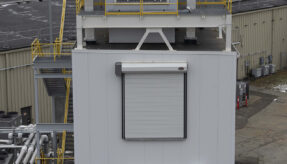
The US Missile Defense Agency (MDA) has contracted Lockheed Martin to design and build its $585 million Homeland Defense Radar-Hawaii (HDR-H) in Oahu, Hawaii.
According to Lockheed Martin, the state-of-the-art radar will provide ‘autonomous acquisition’ and ‘persistent precision tracking and discrimination’, optimizing the defensive capabilities of the Ballistic Missile Defense System (BMDS) while also countering evolving threats.
“Lockheed Martin will leverage the development of our Long Range Discrimination Radar (LRDR) to provide the lowest risk and best value HDR-H solution to MDA, which includes open, scalable architecture for future growth,” said Chandra Marshall, Program Director for Missile Defense Radars at Lockheed Martin.
LRDR is currently under construction in Clear, Alaska, and is scheduled for delivery in 2020. Crucially, the system’s open architecture will enable the technology to keep pace with threats as they emerge.
“LRDR completed a key milestone in August, successfully searching for, acquiring and tracking numerous satellites, known as a closed loop track, confirming our design is complete, mature and ready for full rate production in 2019,” added Marshall.
The majority of the work on HDR-H will take place in Moorestown, New Jersey, and Oahu, Hawaii.
If you would like to join our community and read more articles like this then please click here.







